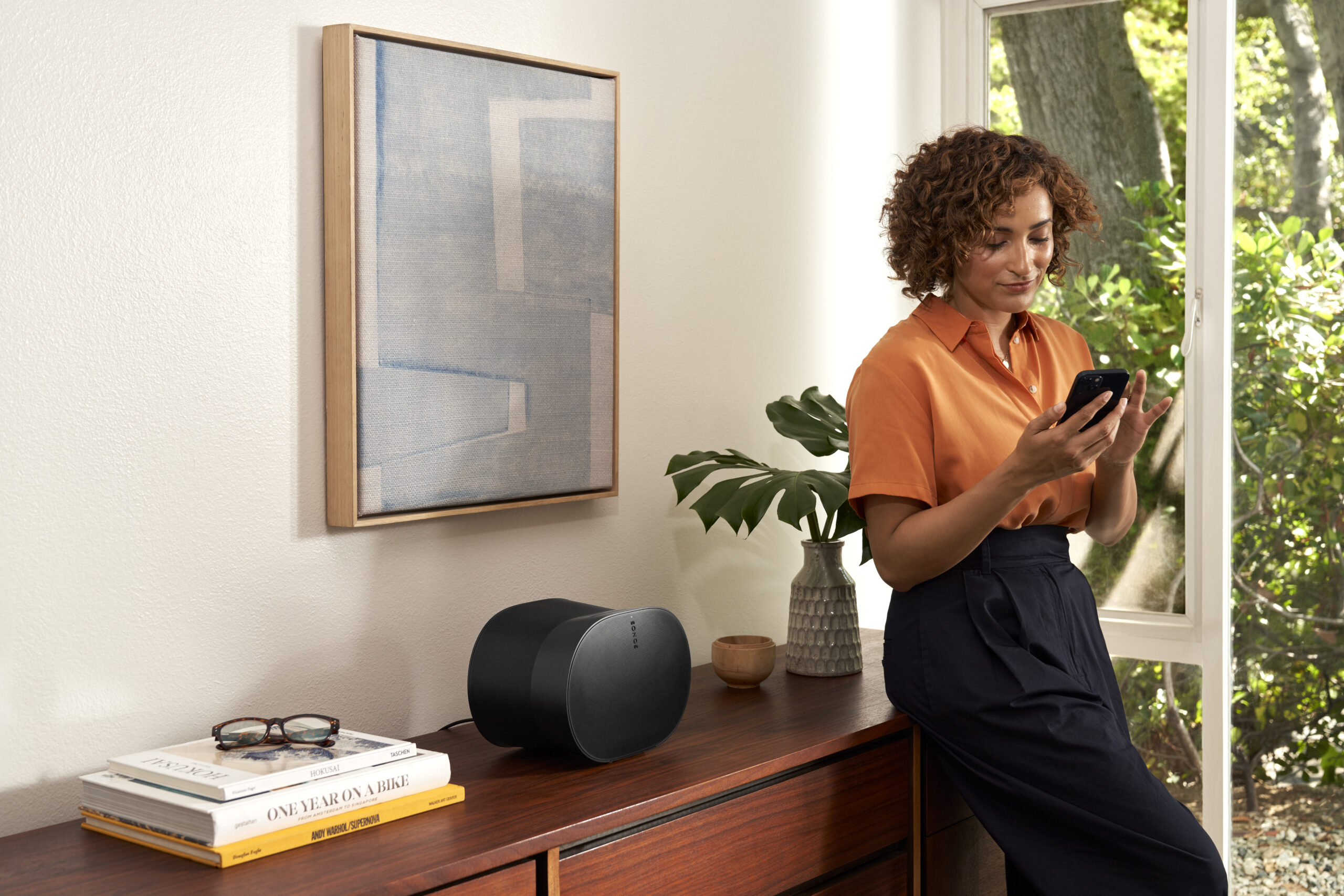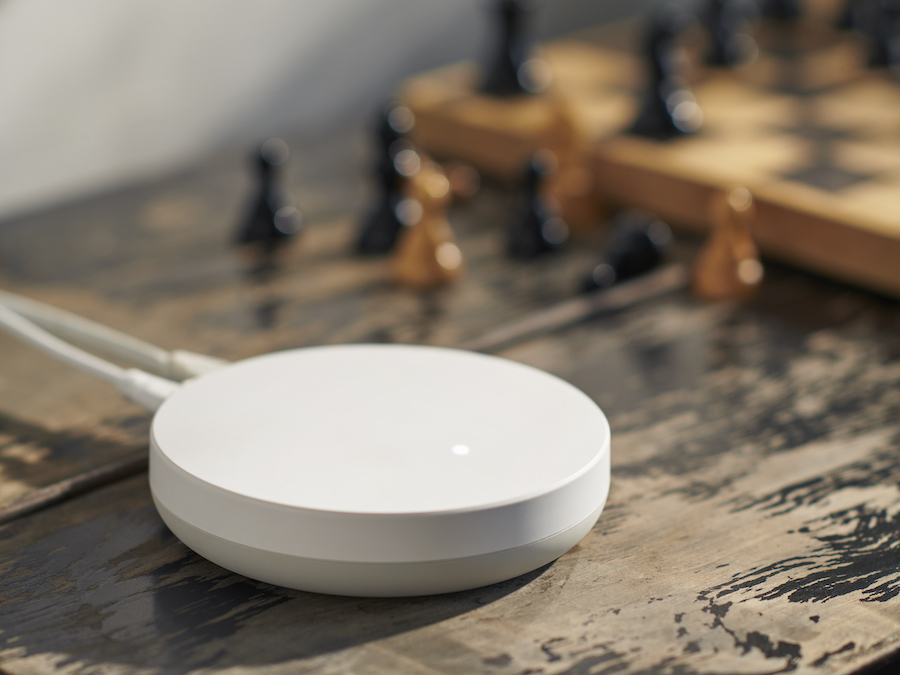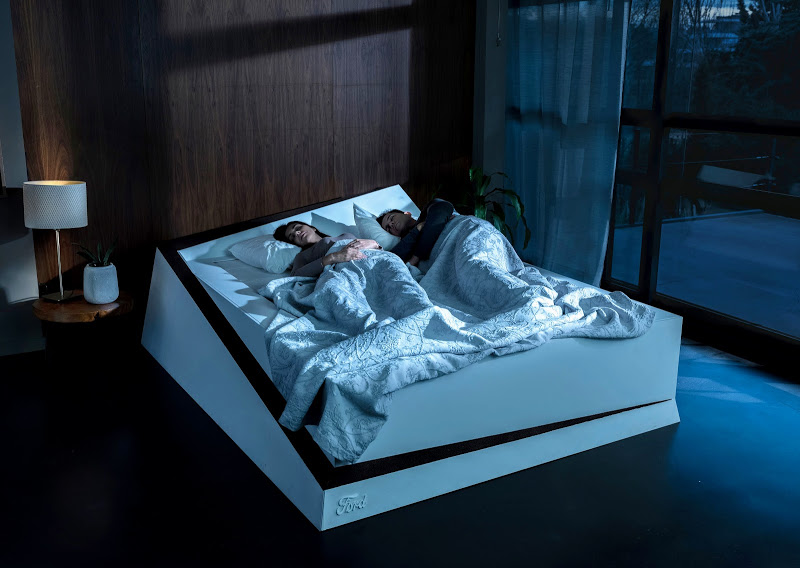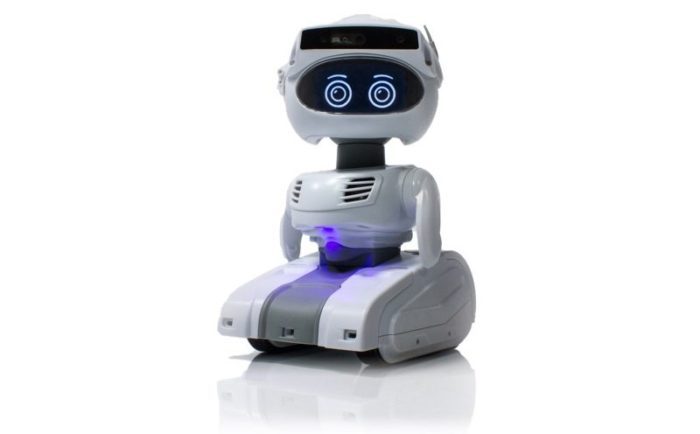This week’s podcast kicks off with a story about the Pentagon’s fears over a Chinese-connected crane maker and its prevalence in U.S. ports. The Pentagon and others focused on national security question whether or not ZPMC, the maker of these cranes, could gather intelligence or cause work stoppages using sensors and motors connected to the internet. It’s a concern that underscores the importance of trust when it comes to connected devices. In train news, we discuss Norfolk Southern’s Ohio train derailments, the findings of a preliminary National Transportation Safety Board report, and Norfolk Southern’s plans to spend more on track sensors. Could legislation force companies to adopt more IoT? Then we focus on Ring’s new plans to eke out $40 a year for new buyers of its security system product and the new Ring wireless doorbell that will start shipping in April. In cybersecurity news, we talk about The White House’s new pillars to address cybersecurity. Developers beware. Then we talk about the latest Hubitat device, my plan for the new Sonos Era speakers, and Kevin’s troubles adding Matter devices using Apple devices. Finally, we hear from a reader on how to send messages to an elderly parent using their TV and an Android phone.

Our guest this week is François Baldassari, CEO and co-founder of Memfault, who is on the show to discuss his startup, the history (and future) of reliability in products, and his thoughts from a decade of participating in building connected devices. Baldassari was a former engineer at Pebble and built Memfault to solve the problem of debugging connected devices at scale. We talk about why he’s focusing on industrial customers, how reliability has been slipping over time, and why AI will need its own form of debugging in the near future. He also explains the two big trends he’s noticed in a decade of building connected devices. Enjoy the show.
Hosts: Stacey Higginbotham and Kevin Tofel
Guest: François Baldassari, CEO and co-founder of Memfault
Sponsors: InfluxData and Silicon Labs
- Are Chinese cranes the next Huawei?
- Will IoT help drive new waves of regulations?
- Buying speakers is a mess in the wireless and streaming era
- Will manufacturers adopt a devops mindset for their connected equipment?
- Yes, connected devices require new business models, and most won’t like it
Podcast: Play in new window | Download | Embed
Subscribe: RSS




